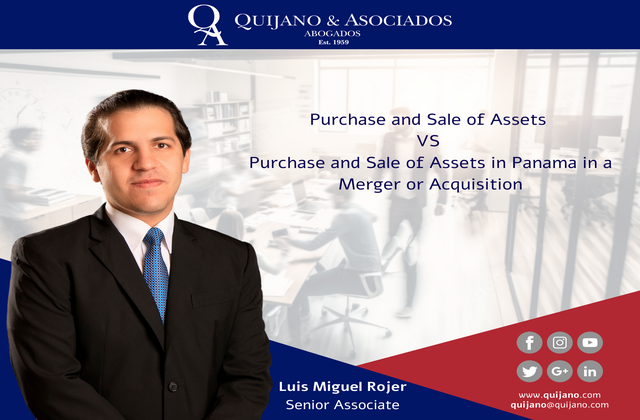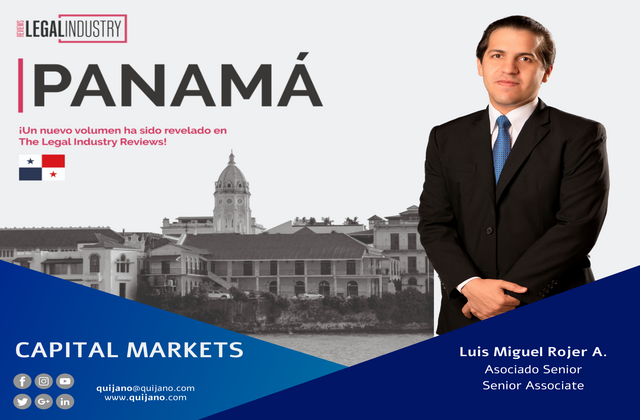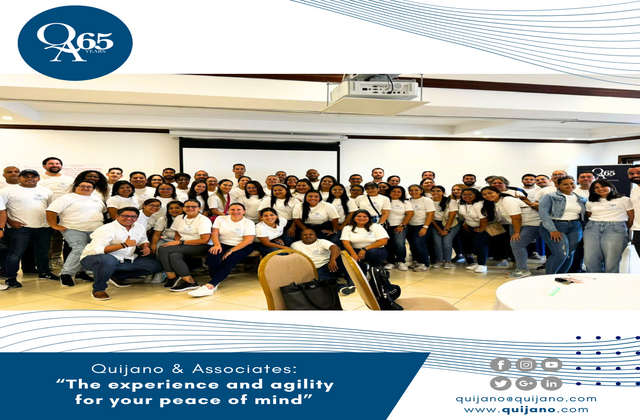Purchase and Sale of Shares vs Purchase and Sale of Assets in Panama in a Merger or Acquisition

Introduction:
Mergers and acquisitions are strategies used by many organizations to achieve growth, expand into new markets, or consolidate their position in the industry. In the Panamanian context, two commonly used methods to carry out these transactions are the purchase and sale of shares and the purchase and sale of assets. We examine the characteristics and advantages of each approach, as well as the legal and practical aspects that must be considered in the merger or acquisition process.
Purchase and sale of shares:
(a) Definition and characteristics: Purchase and sale of shares involves the transfer of ownership of a company’s shares from one shareholder to another. In this approach, the buyer acquires a shareholding in the company, which involves assuming the existing assets and liabilities, as well as any future contingencies or responsibilities.
b) Advantages:
Business continuity: The company continues its operations without significant interruptions, since the structure and assets of the entity remain intact.
Simplified transfer: The transaction is carried out through the purchase of existing shares, which may require fewer legal and administrative procedures compared to the purchase and sale of assets.
Tax benefits: In certain cases, the purchase and sale of shares may allow the parties involved to benefit from tax exemptions or benefits related to the sale of shares.
Purchase and sale of assets:
(a) Definition and characteristics: the purchase and sale of assets involves the selective transfer of a company’s assets and liabilities on a case by case basis. In this case, the buyer acquires specific assets, such as properties, inventories, contracts and other tangible and intangible assets, while liabilities may be negotiated and assumed by the buyer or remain under the responsibility of the seller.
b) Advantages:
Flexibility in the selection of assets: The buyer has the capacity to select the specific assets it wishes to acquire and can exclude those that are not relevant or that represent significant liabilities.
Control of liabilities: The buyer can negotiate and assume only the desired liabilities and obligations, thus avoiding possible contingencies or unknown liabilities.
Legal protection: By acquiring only specific assets, the buyer can limit its legal and financial liability to the acquired items, thus protecting its interests.
Conclusion:
Both Purchase and Sale of Shares and Purchase and Sale of Assets viable approaches in a merger or acquisition in Panama. The choice between one method or the other will depend on a number of factors, such as business strategy, legal and tax structure, and the long-term objectives of the parties involved. The purchase and sale of shares offers operational continuity and tax benefits, while the purchase and sale of assets provides greater flexibility and control of liabilities. Appropriate legal and financial advice is essential to evaluate the implications and risks related to each option and to make an informed decision that fits the objectives of the parties involved in the merger or acquisition transaction.




